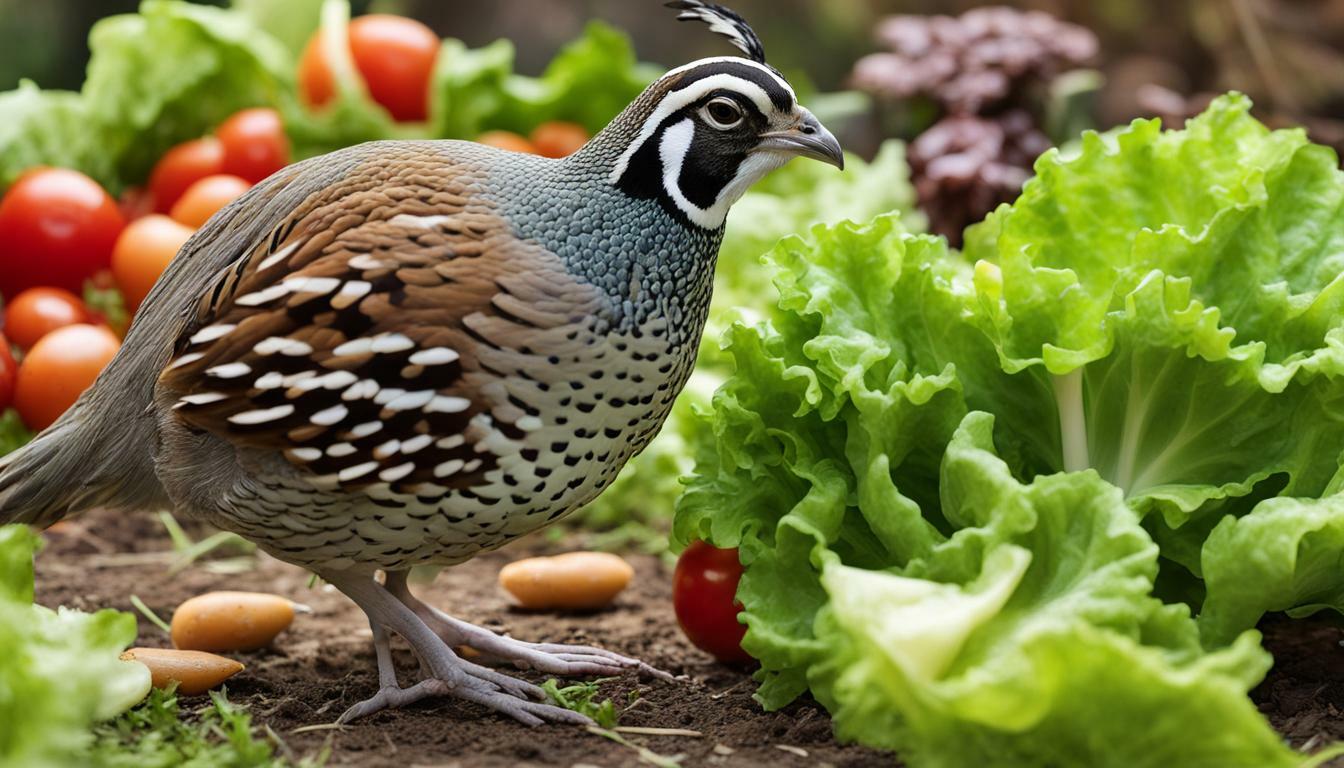How High Can a Pigeon Fly?

Table of content:
- How high can homing pigeons fly?
- What is the average altitude a pigeon flies at?
- How do pigeons navigate when flying long distances?
- How far can racing pigeons fly in a day?
- How fast does a pigeon fly mph?
- Why do pigeons bob their heads when they walk?
- Do pigeons sleep while flying?
- How do pigeons find their way home?
- Why do pigeons coo?
- How long do pigeons live as pets?
- Fascinating Pigeon Flight Facts
- Pigeon Flight Altitudes
- Unique Pigeon Flight Adaptations
- Pigeon Navigation Skills
- Homing Pigeon Breeds
- Meeting a Pigeon’s Needs
- Final Thoughts
Pigeons are amazing birds that can soar to great heights. Their ability to navigate long distances and return home is remarkable. Let’s explore some fascinating facts about how high pigeons can fly.
How high can homing pigeons fly?
Homing pigeons are a type of domestic pigeon bred to find their way home over extremely long distances. They have an incredible homing ability and use the sun as a compass. Homing pigeons can fly at altitudes up to 6000 feet. However, they usually fly much lower at around 1000 feet where they can still see landmarks.
What is the average altitude a pigeon flies at?
The average altitude for pigeons in flight is about 1000 feet. However, homing pigeons and racing pigeons are capable of flying at much higher altitudes. Pigeons fly at lower altitudes during takeoff, landing, and while soaring and gliding. Higher altitudes are used for efficient long-distance flight.
How do pigeons navigate when flying long distances?
Pigeons are equipped with special skills for navigation. They use their keen eyesight to identify landscapes and follow familiar routes. Researchers believe pigeons may also use the earth’s magnetic fields and sense of smell to help navigate. Their bobbing head motion helps them triangulate imagery to identify their location.
How far can racing pigeons fly in a day?
Racing pigeons are bred for endurance and speed. In long-distance races, pigeons can fly 600 miles in a single day at speeds over 90 mph! The average pigeon flies between 40-60 miles per hour. Their long-distance flight ability is incredible.
How fast does a pigeon fly mph?
Pigeon’s flight speed averages between 40-60 mph but can reach up to 90 mph at top speeds. A pigeon beats its wings about ten times per second to propel themselves forward through the air. Their rapid wing beats allow pigeons to fly faster than many other similar sized birds.
Why do pigeons bob their heads when they walk?
Pigeons have a unique head bobbing behavior. They constantly bob and tilt their heads for enhanced depth perception. The motion allows them to navigate and identify food sources on the ground. Pigeons have monocular vision so bobbing helps them see details.
Do pigeons sleep while flying?
Remarkably, pigeons can sleep mid-flight even while traveling long distances. Pigeons are able to direct their muscles and feathers to glide sleepfully through the air. Scientists believe one hemisphere of a pigeon’s brain sleeps at a time while the other controls flight.
How do pigeons find their way home?
Homing pigeons have a phenomenal ability to return home from hundreds of miles away. Their specialized “homing instinct” helps them determine direction using the sun, earth’s magnetic fields, and visual landmarks. Even transported inside covered crates, pigeons can still navigate home.
Why do pigeons coo?
Pigeons make distinct cooing sounds for communication. Male pigeons produce this cooing sound when establishing territories and to attract mates. The coos signal current location and relation to other birds. The frequency and tempo of coos have meaning within the flock.
How long do pigeons live as pets?
Domesticated pet pigeons have an average lifespan of 10-15 years when cared for properly. Living upwards of 20 years is not uncommon. Providing clean shelter, a balanced diet, and veterinary care helps ensure a long, healthy life. Time outside the loft flying and foraging is essential too.
Fascinating Pigeon Flight Facts
- Pigeons fly at altitudes ranging from nearly sea level to over 6000 feet high when migrating.
- The average pigeon flies between 40-60 mph but can reach astonishing speeds over 90 mph.
- Homing pigeons use special navigation skills like magnetoreception and an internal mapping system to find their way home.
- Pigeons are highly intelligent animals capable of remembering locations, routes, and human faces.
- Special feather adaptations like a light, rigid skeleton and dense afterfeathers give pigeons incredible flying abilities.
- Pigeons beat their wings up to ten times per second, allowing them to propel rapidly through the air.
- Flocks of thousands of pigeons flying together in beautiful patterns are called murmurations.
- Baby pigeons require special pigeon milk produced in the crop organ of parent birds to grow.
- Pigeons can fly at high altitudes above 6000 feet where oxygen is scarce and temperatures are below freezing.
- The aerodynamic body shape and specialized avian respiratory system of pigeons supports oxygen-efficient high-altitude flight.
- Pigeons fly at lower altitudes during takeoff and landing for safety and navigation using ground landmarks.
- While soaring, pigeons lock their primary feathers to rest their wings and hold altitude with little effort.
- Pigeon wings are designed to provide the perfect balance of speed, agility, and endurance needed for their unique flying habits.
Pigeon Flight Altitudes
Pigeons fly at a variety of altitudes depending on the purpose and length of flight. Here are some typical pigeon flight altitude ranges:
- Takeoff and landing: Near ground level up to 100 feet
- Soaring and gliding: 100 – 1000 feet
- Short distance flight: 500 – 2000 feet
- Long distance flight: 1000 – 6000 feet
- Migration: 3000 – 6000 feet
Of course, these ranges can vary greatly depending on factors like weather, flight speed, and flock patterns. But most pigeon flight happens at lower altitudes close enough to the ground for navigation.
Unique Pigeon Flight Adaptations
Pigeons have specialized bodies perfectly adapted for flight:
- Lightweight skeleton with minimal bone mass
- Powerful breast muscles for wing propulsion
- Contour feathers create an aerodynamic surface
- Rapidly beating wings provide thrust and lift
- Excellent eyesight for navigation and predator avoidance
- Flexible primary feathers allow wings to mold during upstroke
- High oxygen respiration efficiency supports high altitudes
- Strong hearts circulating oxygenated blood at high rates
- Specially adapted circulatory system prevents altitude sickness
- Narrow wings reduce drag for gliding and long flights
- Broad tail area for in-flight steering and braking
These adaptations give pigeons outstanding flight capabilities unmatched by many other birds. This explains how pigeons can take flight so effortlessly and speed rapidly through the skies.
Pigeon Navigation Skills
Homing and racing pigeons leverage incredible navigation skills on long journeys:
- Magnetoreception – sensing magnetic fields to determine direction
- Sun position – using the sun like a compass throughout the day
- Visual cues – recognizing landscapes and mapping routes
- Smell-based navigation – tracing scents to locate destinations
- Optimal efficiency flying – adjusting altitude and speed as needed
- Internal gyroscope and mapping – tracking location inside their bodies
Scientists still don’t fully understand all the ways pigeons can find their way home even hundreds of miles away. Their specialized instincts and intelligence are remarkable.
Homing Pigeon Breeds
There are over 300 different pigeon breeds, but certain breeds are known for outstanding homing ability:
- Racing Homer – Bred for homing skill and stamina. Excellent racers.
- Belgian Homer – Originated in Belgium. Reliable, hardy homing pigeon.
- German Beauty Homer – Bred in Germany with beautiful plumage. Strong homing instinct.
- American Show Racer – Bred for shows but capable of homing. Elegant appearance.
- Birmingham Roller – Originated in England. Known for aerial rolls and loops.
- Iranian Highflyer – Bred in Iran to fly at extremely high altitudes.
- Tippler – Small pigeon that can fly for upwards of 22 hours nonstop!
All these breeds share ancestry from the rock dove and exhibit the strong homing ability pigeons are known for.
Meeting a Pigeon’s Needs
To keep pet pigeons healthy and happy, certain care requirements are essential:
- Housing – A clean, predator-proof loft or coop with perches and nest boxes.
- Food – High quality pigeon feed mix along with fresh fruits and vegetables.
- Water – Continual access to clean, fresh drinking water.
- Grit – Crushed oyster shell or gravel for digestion.
- Exercise – Plenty of daily flying time outside the loft.
- Training – For racing or homing pigeons to perfect their abilities.
- Veterinary care – Yearly exams, vaccinations, treatment for illness/injury.
Providing excellent nutrition, housing, and health care is key for pet pigeons to thrive. Their amazing flight capabilities make for a rewarding companion bird experience.
Final Thoughts
A pigeon’s ability to fly at extreme heights over vast distances is nothing short of incredible. Next time you see pigeons gracefully soaring through the sky, consider the fascinating science behind their specialized flight adaptations and navigation skills that allow them to find their way home. Pigeons demonstrate the wonder of flight and nature every time their wings propel them to amazing heights.
Welcome. I’m Adreena Shanum, the proud owner of this website, and I am incredibly passionate about animals, especially poultry. I founded adreenapets.com as a labor of love, stemming from my desire to share my knowledge and experiences with poultry enthusiasts worldwide.




